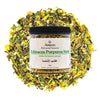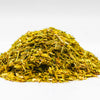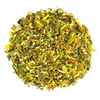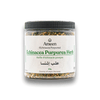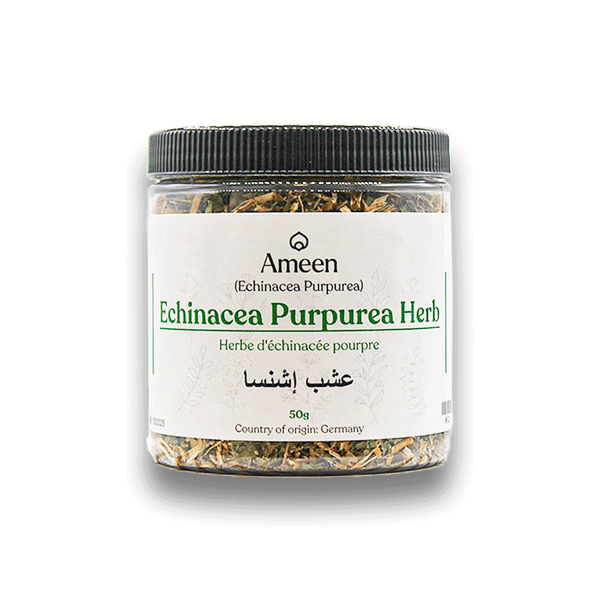Echinacea Purpurea, also known as Purple Coneflower, is a well-regarded perennial native to North America. This vibrant plant is easily recognized by its daisy-like purple petals and prominent spiny cone center. Once harvested and dried, the aerial parts of Echinacea become a valuable botanical known for their earthy aroma and herbaceous, slightly bitter taste.
Culinary and Herbal Applications of Echinacea Purpurea
Dried and cut Echinacea is a staple in herbal preparations and blends:
-
Herbal Teas and Infusions: Often steeped into comforting teas and warm brews.
-
Blended Herbal Formulas: Frequently paired with other roots, berries, or flowers for synergistic infusions.
-
Tinctures and Topical Preparations: A popular base ingredient for traditional DIY herbal formulations.
Why Choose Echinacea Purpurea?
-
Flavor Profile: Mildly bitter and herbaceous with earthy undertones.
-
Form Factor: Carefully dried and cut for optimal use in tea blends, infusions, and herbal preparations.
-
Traditional Heritage: Long utilized in folk herbalism and seasonal blends.
Botanical and Cultural Identity
-
Botanical Name: Echinacea purpurea
-
Common Names:
-
English: Purple Coneflower, Echinacea Herb, Coneflower
-
French: Échinacée pourpre
-
German: Purpur-Sonnenhut
-
Spanish: Equinácea púrpura
-
Other Names: Rudbeckia purpurea, American Coneflower, Indian Head Flower
-
Experience the Versatility of Echinacea Purpurea
Whether enjoyed in a warming cup of tea or added to your favorite herbal blend, dried Echinacea Purpurea invites you to explore its grounding character and celebrated role in traditional herbcraft.

